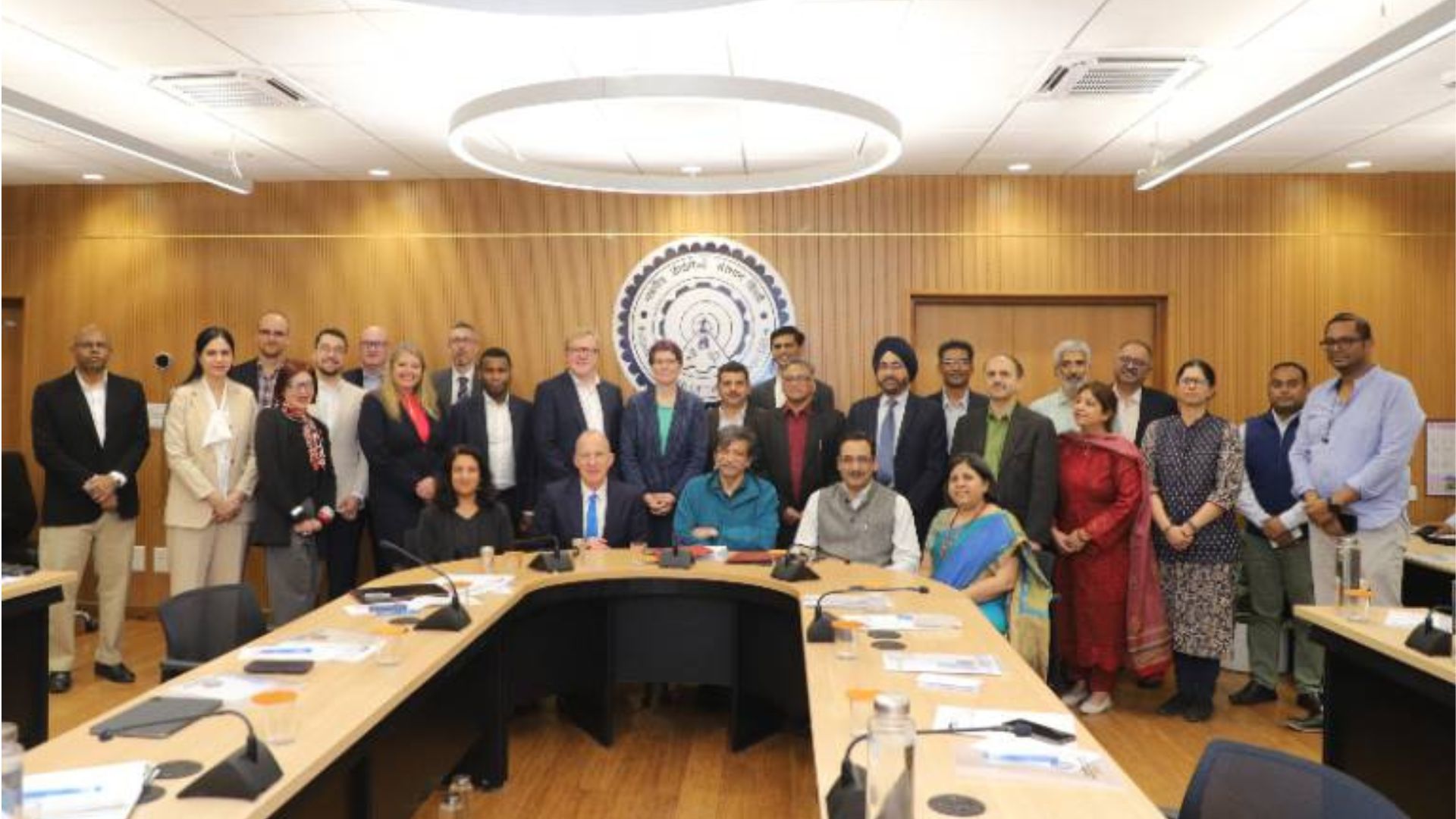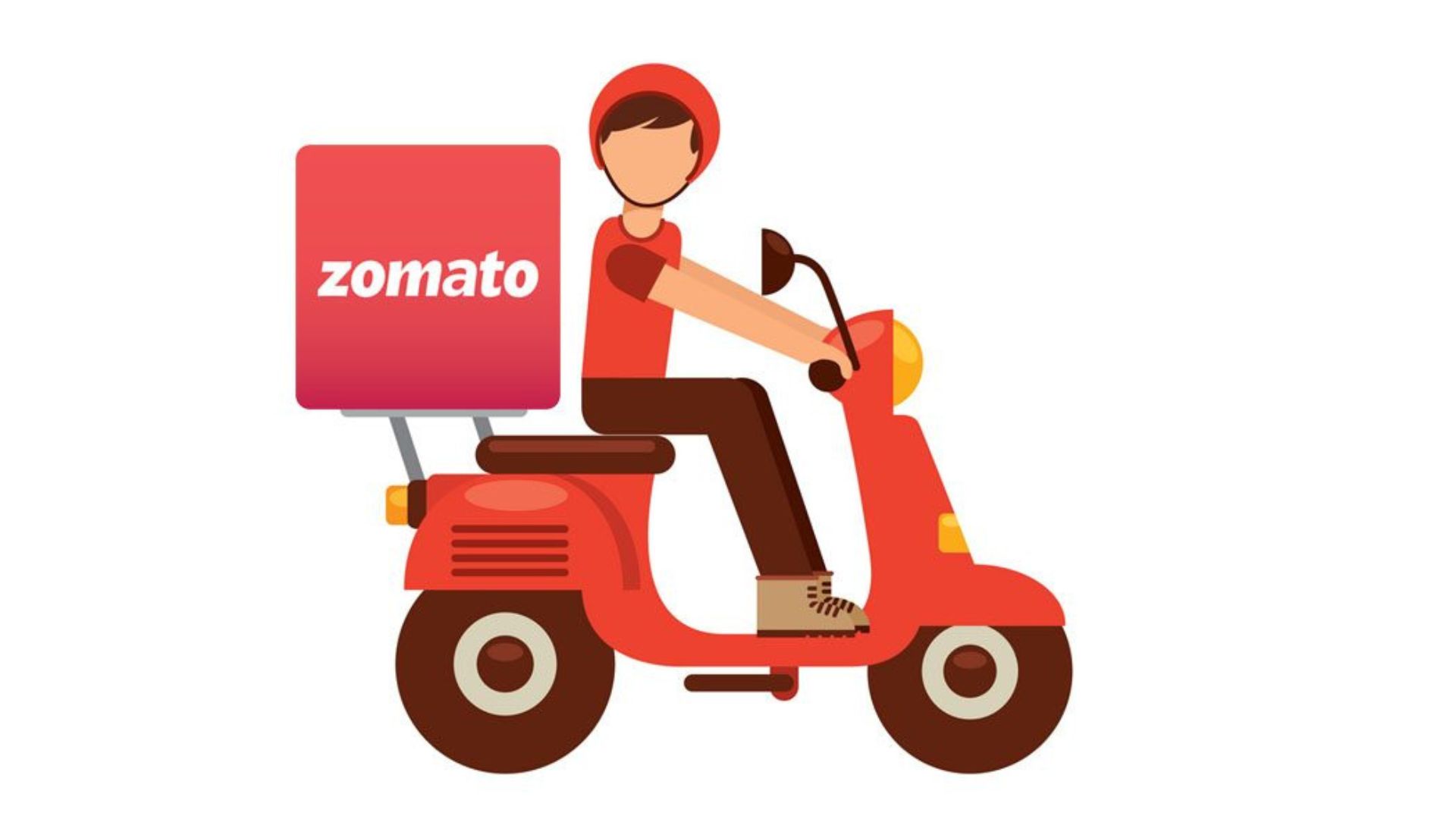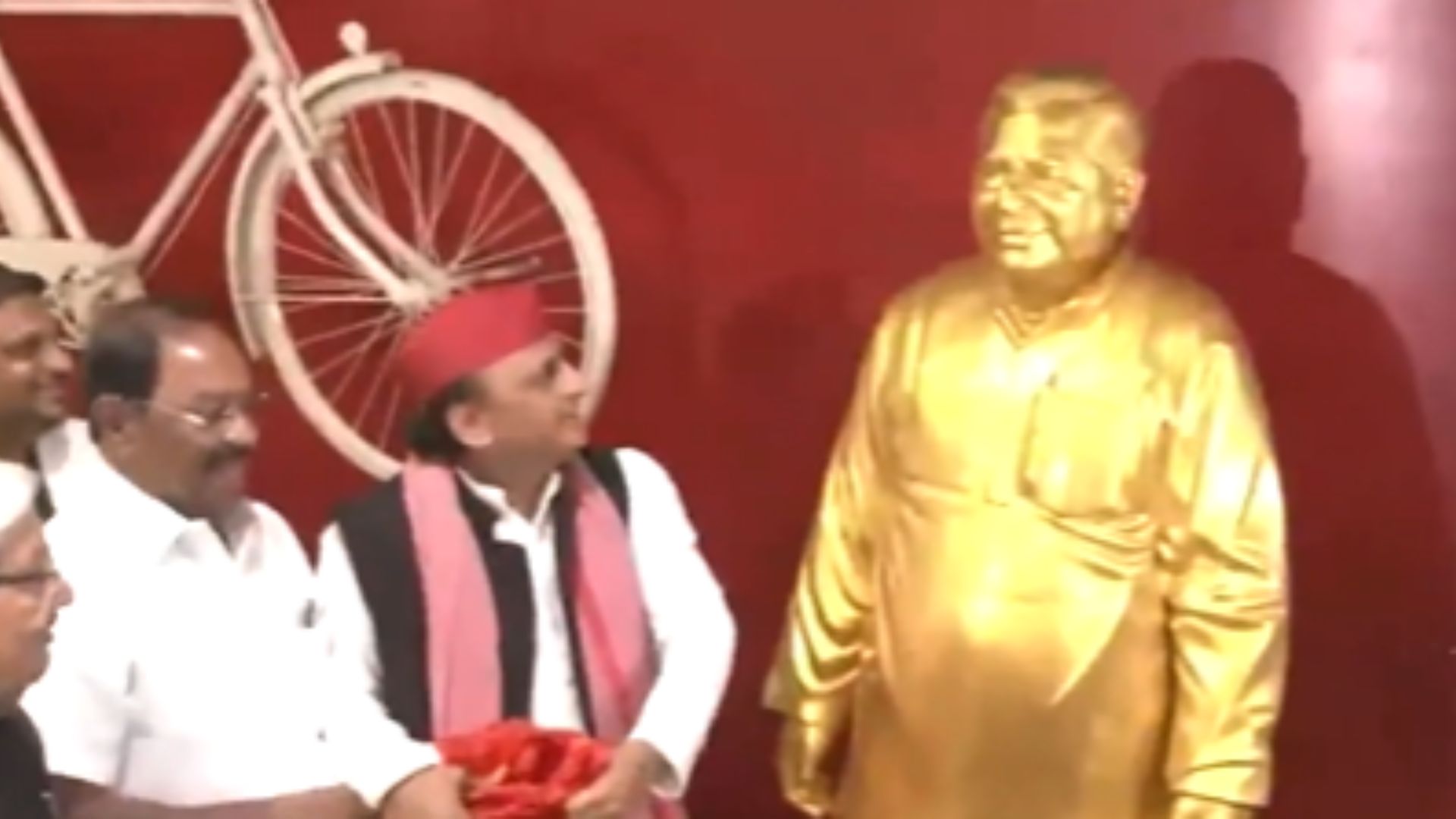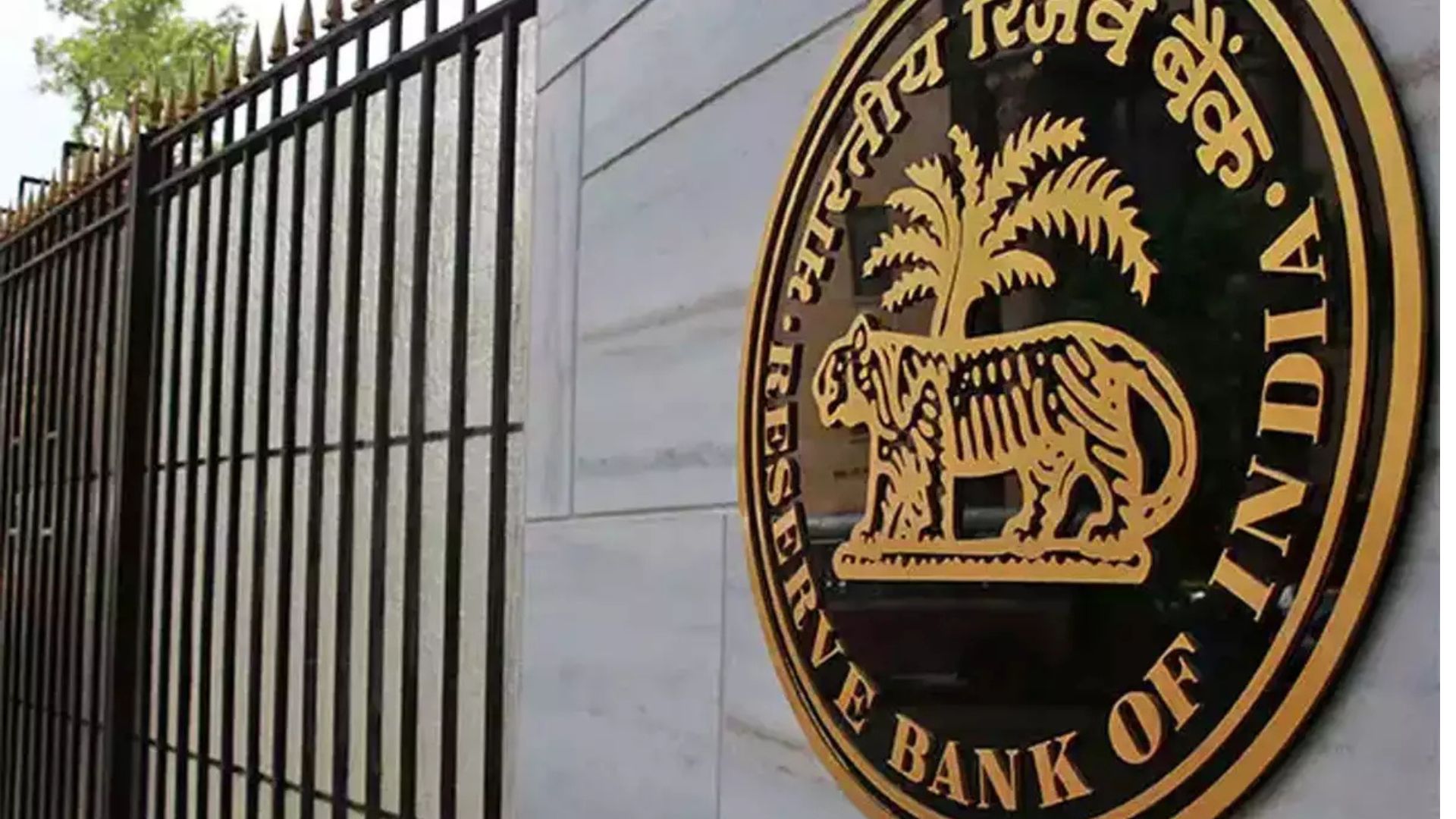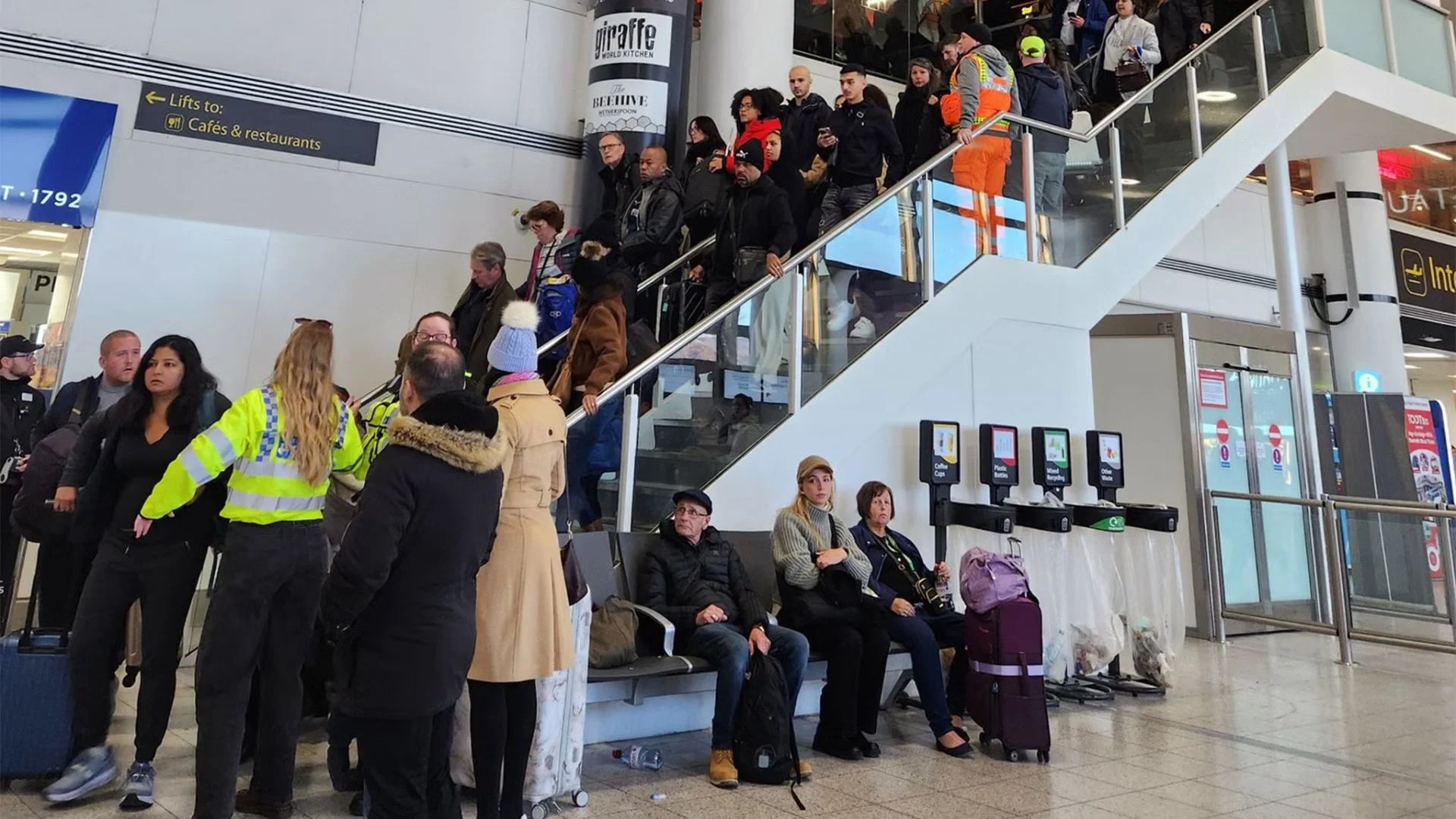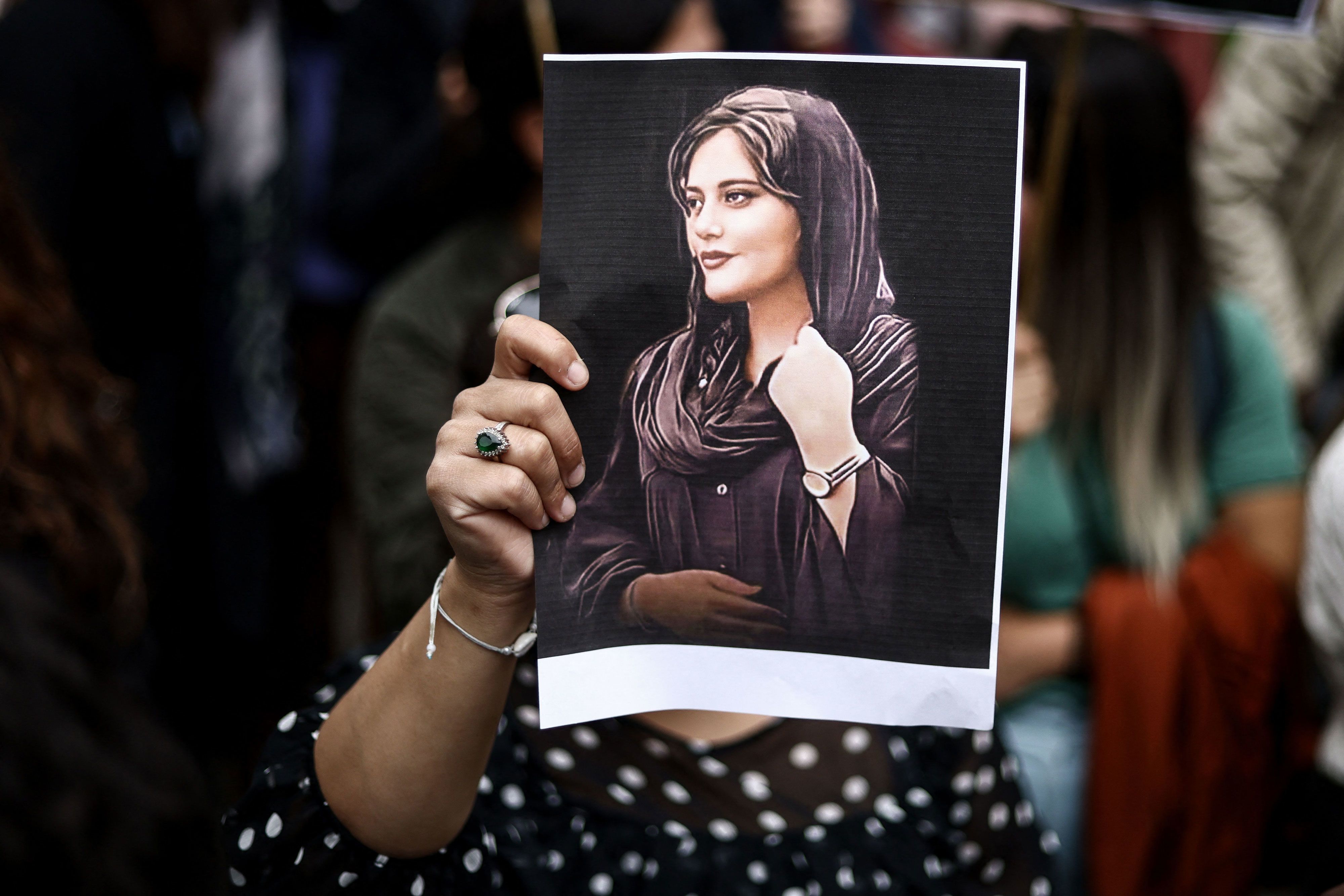
Thousands of Iranians have protested in the nation’s southeast to mark a September crackdown by security forces known as “Bloody Friday”
Sune Engel Rasmussen, said that despite mass arrests and violence, Iranian authorities have failed to suppress the two-month-long protest movement that started after the death of Mahsa Amini, who had been detained by morality police for allegedly flouting the Islamic Republic’s strict dress code imposed on women. More than 82 people died on Friday, September 30, as security forces cracked down on demonstrations in Sistan-Balochistan, rights groups say. The province is one of the largest and poorest in Iran and is home to an ethnic Sunni Muslim minority.
Hundreds of people have gathered in the provincial capital of Zahedan to mark 40 days an important period in Islamic mourning–since the incident, which protesters have called “Bloody Friday.”
In one of the most serious challenges to the clerical establishment in decades, Protesters gathered in front of Zahedan’s main mosque chanting “death to Khamenei,” the country’s supreme leader, and “death to Basiji,” a paramilitary militia tasked with protecting the Islamic Republic against domestic dissent..
Some protesters were chanting, “I will kill whoever killed my brother.” Other videos featured the sound of gunfire that activists attributed to security forces opening fire on protesters. At least 16 were killed last week in Khash, another city in Sistan-Balochistan.
More than 300 people, including around 40 minors, have been killed across the country since the protests erupted in September, Iran Human Rights said this week.
The failure to suppress protesters across the country is a sign that the movement remains a stark challenge to the Iranian leadership. Initially centred around demands to abolish the mandatory Islamic veil, or hijab, the movement morphed into calls to overthrow the Islamic leadership, reports said. Protesters gather almost daily in some parts of the country, such as the western Kurdistan province where Amini was from. Elsewhere, such as in the capital Tehran, rallies are routinely held a couple of times a week, often in or around universities.
In the past week, 227 of the 290 lawmakers in Iran’s parliament called on the country’s judiciary to issue and carry out the death penalty for protesters. Iranian Chief Justice Gholamhossein Mohseni-Ejei asked judges to intensify and speed up sentences for hundreds of arrested protesters, said Rasmussen.
Authorities have sought to intimidate Iranians from participating in rallies by placing plainclothes police in the crowds to seize and arrest protesters.
One 32-year-old protester said that she had been arrested twice by security forces in civilian clothing who pulled her out of a crowd.
